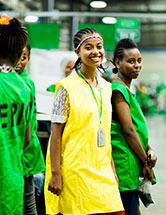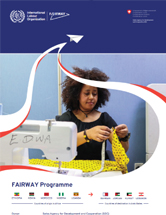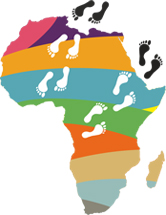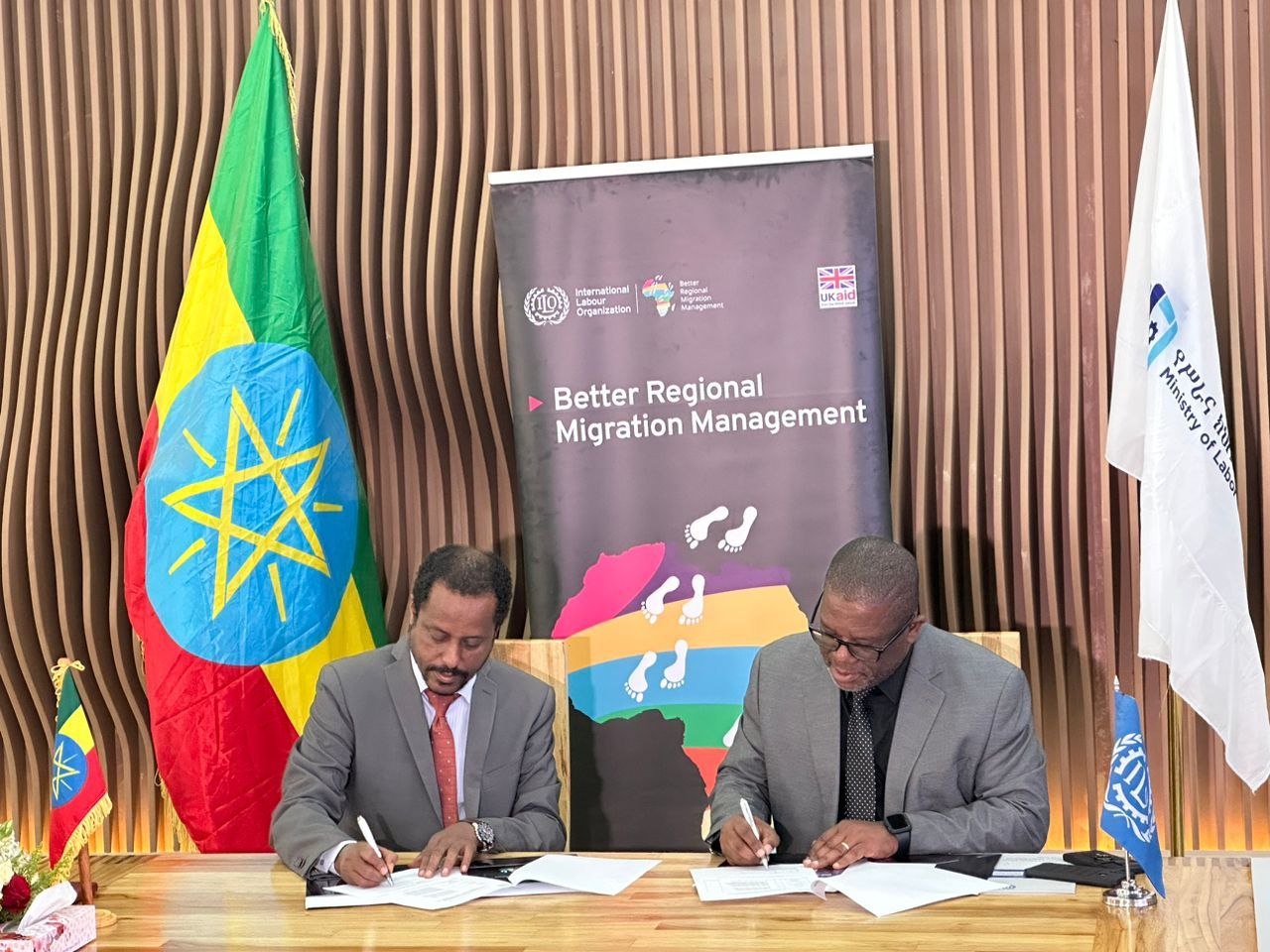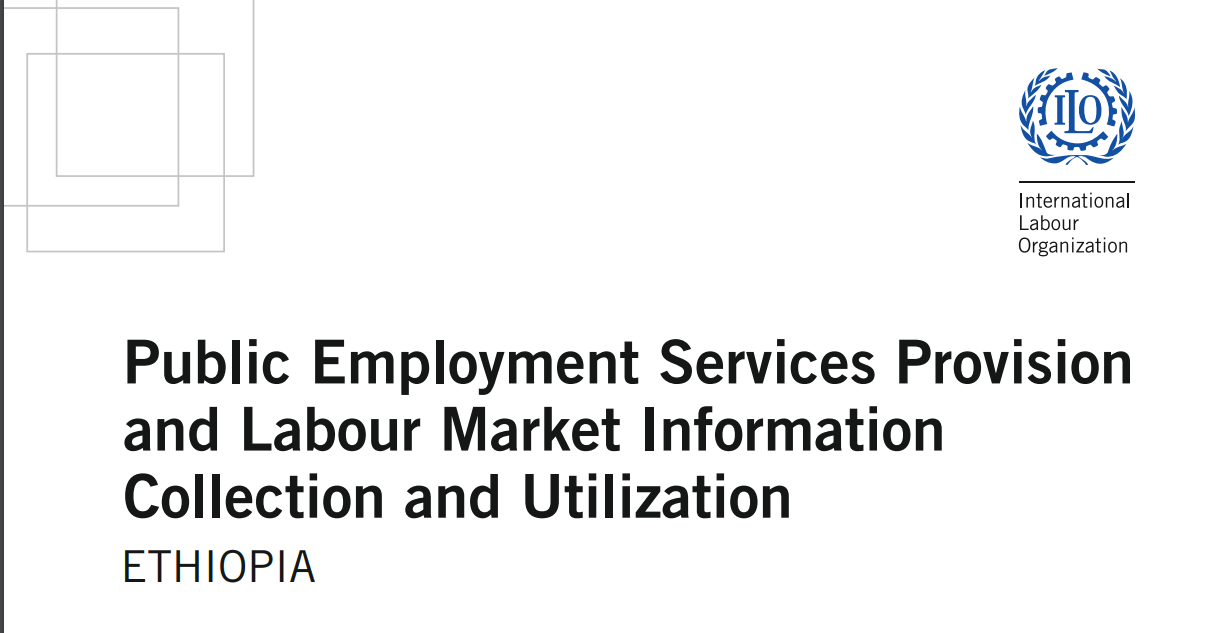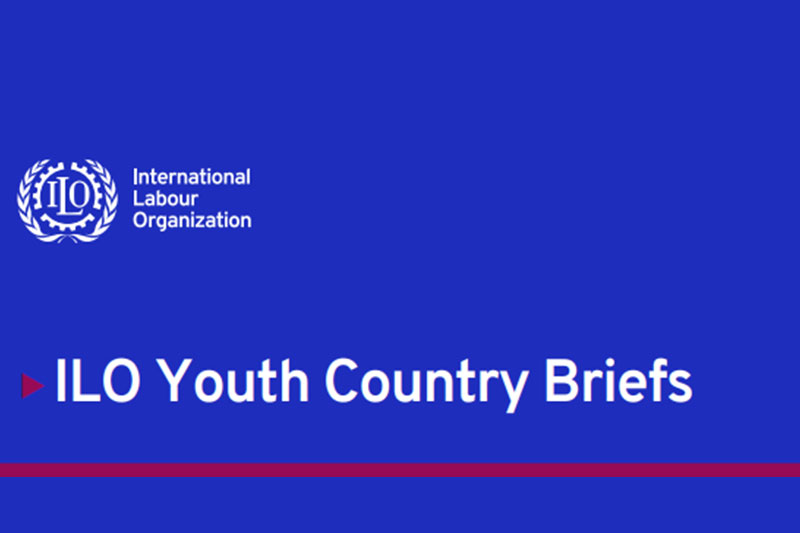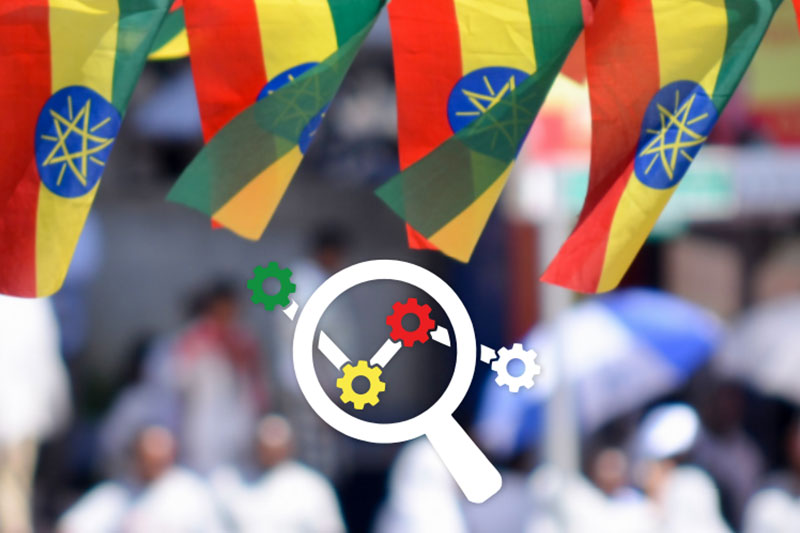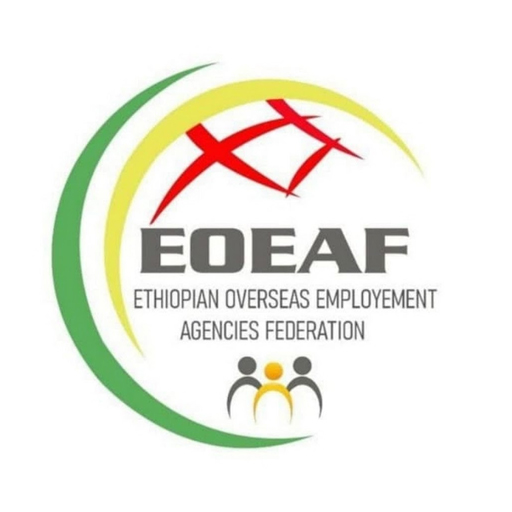Ethiopia
Ethiopia is mainly a source country for labour migrants who have limited economic opportunities in the country and are driven by the perception for better opportunities and livelihoods in other non-IGAD destination countries. Although it hosts a small population of labour migrants working in selected sectors in the country, there is limited data and information concerning the experiences of labour migrants in the country including skills recognition experiences, processes, and procedures. It is also a major refugee hosting country, where only Eritrean refugees who can prove to be self-reliant can live and study out of the refugee camps due to the Out of Camp policy (2010). This does not give them access to job opportunities or cities.
Ethiopian labour migrants destined for countries in the region or another region in Africa are more likely to move on their own while those destined for employment in the Gulf States (e.g., Saudi Arabia, the UAE, Qatar, and Kuwait) use Private Employment Agencies (PEA) seeking work as domestic workers. Labour migration to the Gulf has boosted trade relations between the two countries and positive development for migrants Ethiopians have been migrating to Kenya and South Africa since the 1990s.

75% (2022)

63.4% (2022)

4



